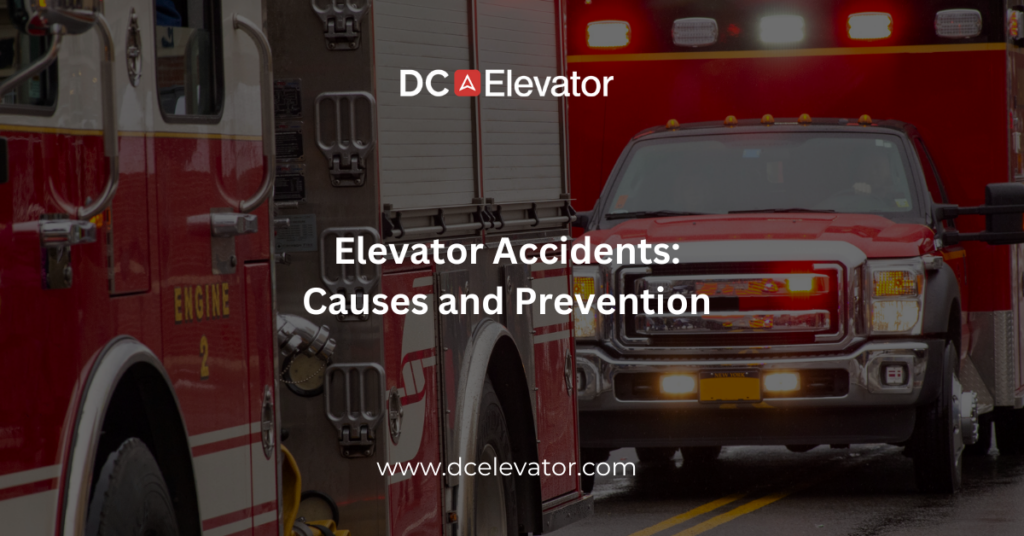Elevators are an integral part of our daily lives, facilitating vertical mobility in buildings. However, as with any machinery, elevators are not immune to accidents. Understanding the causes and implementing preventive measures is crucial for ensuring the safety of passengers. In this blog post, we delve into the causes of elevator accidents and explore effective preventive strategies.
Common Causes of Elevator Accidents
- Mechanical Failures: Elevator malfunctions can occur due to mechanical issues such as cable failures, brake problems, or power outages. Understanding the intricacies of these systems is vital for pinpointing potential weaknesses.
- Poor Maintenance: Neglected maintenance can lead to worn-out components and malfunctioning safety features. Regular inspections and timely repairs are essential to prevent accidents caused by neglected upkeep.
- Human Error: Elevator operators, maintenance personnel, and even passengers can contribute to accidents through errors such as overloading, incorrect use of controls, or improper maintenance procedures.
- Electrical Issues: Electrical faults can cause elevator malfunctions, posing significant risks. Regular electrical inspections and prompt resolution of identified issues are crucial for accident prevention.
Preventive Strategies
- Routine Inspections and Maintenance: Implementing a rigorous schedule for elevator inspections and maintenance is paramount. This ensures that all components are in optimal condition, reducing the risk of mechanical failures.
- Training and Education: Proper training for elevator operators, maintenance staff, and building occupants is essential. This includes educating users on correct usage, emergency procedures, and reporting mechanisms for potential issues.
- Modernization and Upgrades: Consider modernizing older elevator systems with advanced safety features. Upgrades can enhance the overall safety and performance of elevators, reducing the likelihood of accidents.
- Emergency Preparedness: Develop and regularly practice emergency evacuation procedures. This includes clear communication systems, well-marked emergency exits, and adequate lighting in case of power failures.
Conclusion: Elevating Safety Standards
Elevator accidents, though rare, can have severe consequences. By understanding the root causes and implementing preventive measures, we can significantly reduce the risk of incidents. Elevator safety is a shared responsibility, requiring collaboration between building owners, maintenance personnel, and users. Through a commitment to regular maintenance, education, and modernization, we can elevate safety standards and ensure a secure vertical journey for everyone.
Remember, a safe elevator is a reliable elevator.
